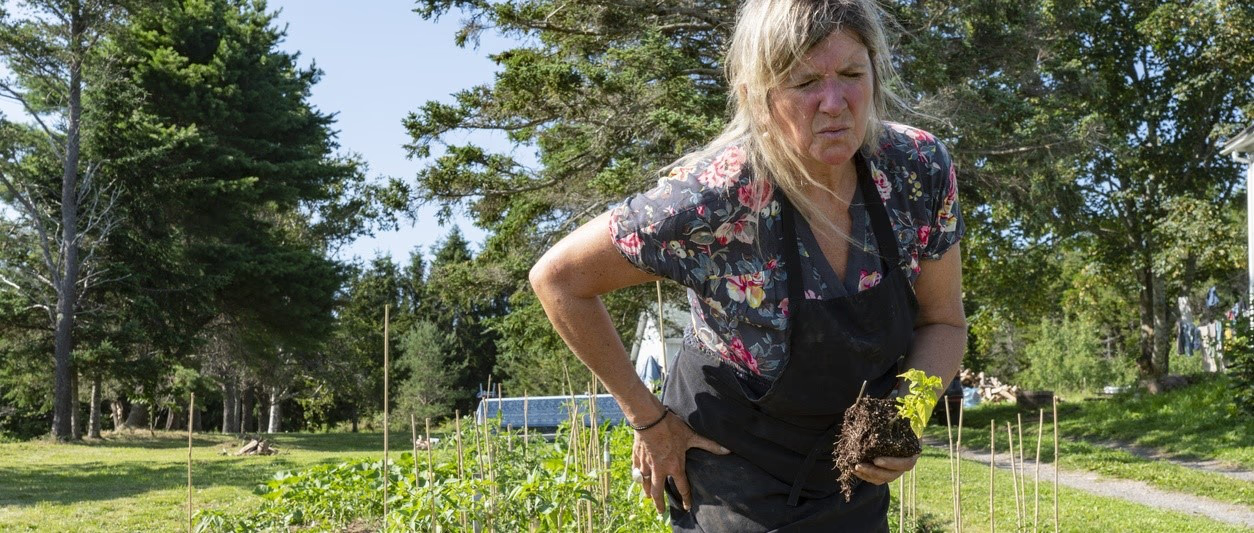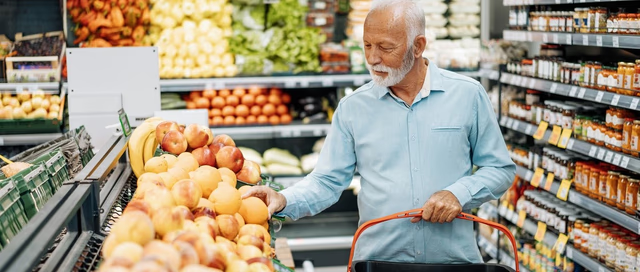
Joint pain - is it bursitis?
Peer reviewed by Dr Krishna Vakharia, MRCGPLast updated by Dr Sarah Jarvis MBE, FRCGPLast updated 16 Feb 2024
Bursitis is a common cause of painful, swollen, and tender joints. It's sometimes caused by repeated movements that place pressure on your joints - like kneeling or elbow-leaning - and can affect different parts of your body.
In this article:
Continue reading below
What is bursitis?
Bursitis is the medical name for any inflammation, and a bursa is a small fluid-filled sac. So bursitis is inflammation of a bursa anywhere in the body. Most bursae are found near big joints, and help to cushion and reduce friction as the joints move.
You can't feel them until they become inflamed, when they fill with fluid and turn into soft, often tender bulges. The most common symptoms of any kind of bursitis is swelling and pain. Given how much wear and tear our joints get over the years, it's hardly surprising that many of us will suffer from pain and swelling due to bursitis at some point.
Patient picks for Joint pain
What causes bursitis?
Trauma, injury and infection
The most common cause of bursitis is repeated minor trauma - for instance, if you lean on a joint (such as your knee or your elbow) and put pressure on it.
Sometimes a single bigger injury, such as a fall, can lead to inflammation.
Infection is a less common cause - this usually happens if you scratch, cut or graze the skin and germs get in.
Long-term health conditions
Some long term health conditions increase the risk of you developing bursitis. For instance, while
most commonly affects the base of your big toe, it can affect other joints and make you prone to bursitis.
is a form of joint inflammation which happens when your immune system - which usually helps you fight off disease - attacks your joints. Having rheumatoid arthritis increases your risk of bursitis.
Continue reading below
Types of bursitis
In all types of bursitis, the main symptoms are pain and swelling. The skin over the bursa may be red and tender, and you may find the movement of your joint is limited.
Prepatellar bursitis - housemaid's knee
Your knee is a particularly common site for bursitis, especially if you do a lot of kneeling. You have four bursae around your knee - two are located on the front of the knee, in front of and below the kneecap (also called the patella).
Inflammation of the bursa in front of the kneecap used to be called
. It's often caused by spending long periods kneeling forwards - as housemaids used to do when they were scrubbing floors. These days, plumbers, roofers, gardeners and carpet fitters are more likely to suffer from it.
Superficial infrapatellar bursitis - clergyman's knee
Bursitis below the kneecap used to be called clergyman's knee - again because there was lots of kneeling involved. It can also happen if you do a lot of jumping, hiking, climbing or going up and down stairs.
Olecranon bursitis - student's elbow
Following the theme of naming forms of bursitis after people who traditionally suffered them,
is inflammation of the bursa on the tip of your elbow - the olecranon.
This can look like a soft golf ball on the tip of your elbow. It sometimes used to be called miner's elbow or plumber's elbow, as both of these professions can involve a lot of crawling on elbows and knees. It can sometimes affect people who do sport which involves repeatedly throwing with your arm above your head, such as cricket or javelin.
Trochanteric bursitis
is inflammation of a bursa on the outer side of your hip and upper thigh. It's more common in older people, and unlike some other forms of bursitis it affects more women than men. The repeated actions of running or cycling can cause friction, putting you at higher risk.
How to treat bursitis
Given that the main cause is often overuse of a joint, it makes sense that your doctor will usually advise you to rest the joint concerned. Ice packs - a bag of peas wrapped in a tea towel - can help reduce swelling and inflammation. If you're getting a lot of pain, anti-inflammatory medicines such as ibuprofen, in either cream/gel or tablet form, can also help.
Do be aware, though, that taking high doses of anti-inflammatory tablets, especially in the long term, can cause significant side effects. These include indigestion, bleeding from the stomach and damage to your kidneys - especially if you already have chronic kidney disease.
In the longer term, you also need to try and minimise any activities that brought it on. If you can't avoid kneeling or elbow-leaning, using cushioned knee or elbow pads, or using a thick cushion to kneel on, can reduce the risk of the problem coming back.
With thanks to My Weekly magazine, where this article was originally published.
Article History
The information on this page is written and peer reviewed by qualified clinicians.
16 Feb 2024 | Latest version
16 Feb 2024 | Originally published
Authored by:
Dr Sarah Jarvis MBE, FRCGP

Feeling unwell?
Assess your symptoms online for free
